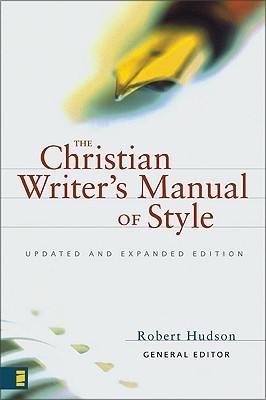What do you think?
Rate this book


432 pages, Paperback
Published April 11, 2004
“This manual is not a rule book. It can be thought of as a travel guide to a wondrous and often baffling country called Religious Writing and Publishing.”
“Authors, editors, and proofreaders are not the final arbiters of style, as much as we might like to think so, nor are the grammarians, professors, linguists, and lexicographers. Rather, the final authority on written English is the reader. Our language, whether we acknowledge it or not, is an elegant anarchy, a sort of democratic gumbo. If any spelling option, punctuation mark, or word choice — even the “correct” ones — causes the average reader to stumble, then it is wrong.”